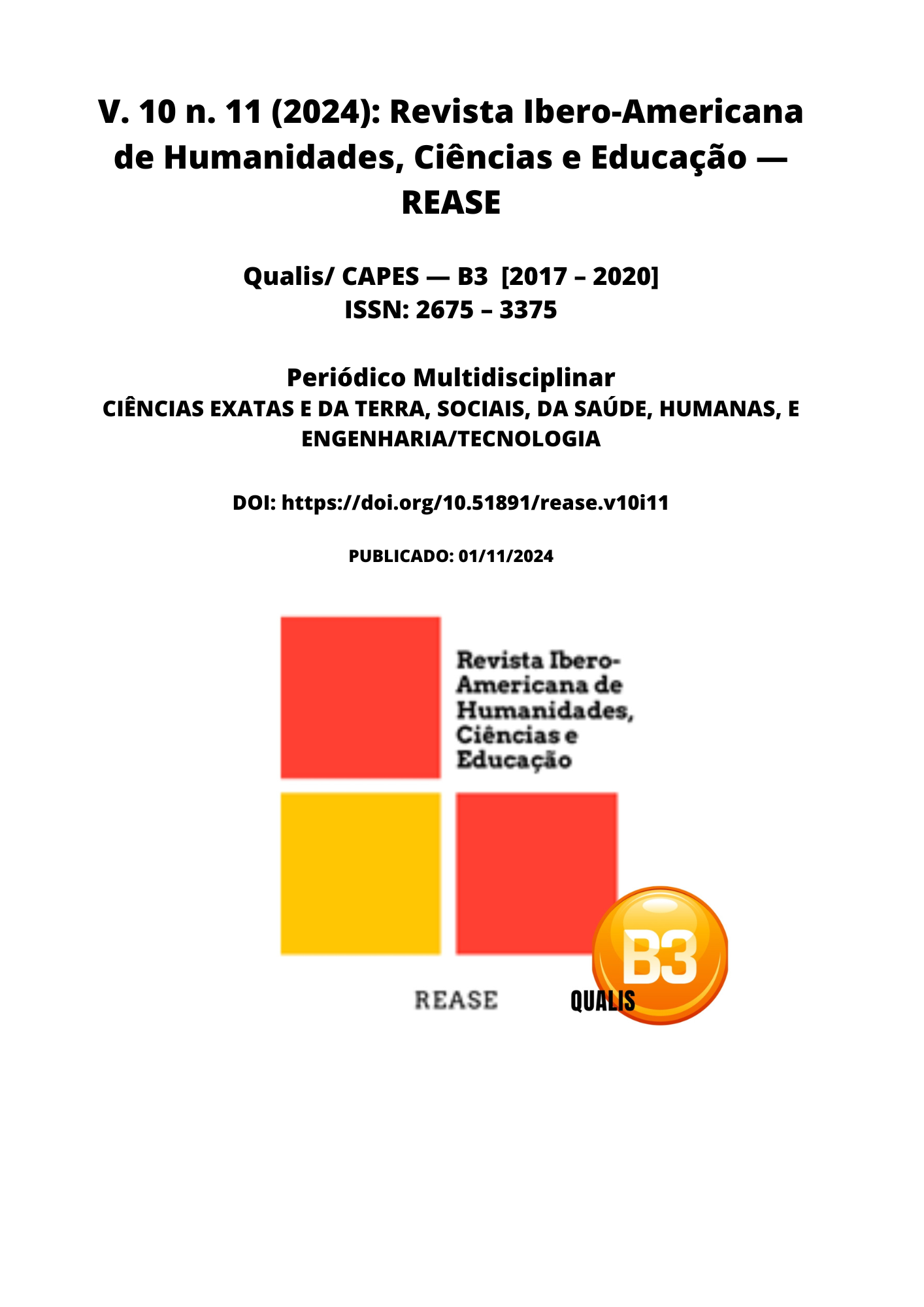REDUCINH THE AGE OF CRIMINAL RESPONSIBILITY IN BRAZIL
DOI:
https://doi.org/10.51891/rease.v10i11.17038Keywords:
Criminal Majority. Brazil. Child and Adolescent Statute (ECA).Abstract
This article analyzes the issue of the age of criminal responsibility in Brazil, currently included at 18 years old, and the potential impacts of reducing it to 16 or even 14 years old. Through a historical and legal approach, the study discusses the evolution of child and adolescent protection policies, the implementation of the Child and Adolescent Statute (ECA), proposed amendments to the Constitution and the positions imposed by the Brazilian Judiciary. Considering the arguments developed against the reduction of the age of criminal responsibility, the article evaluates the social, psychological and economic impacts of the possible criminal liability of young people. Based on a review of international experiences, the research seeks to contribute to the debate, questioning the effectiveness of punitive policies and emphasizing the need for investments in education, prevention and rehabilitation, as an alternative to exclusively punitive measures.
Downloads
Downloads
Published
How to Cite
Issue
Section
Categories
License
Atribuição CC BY

